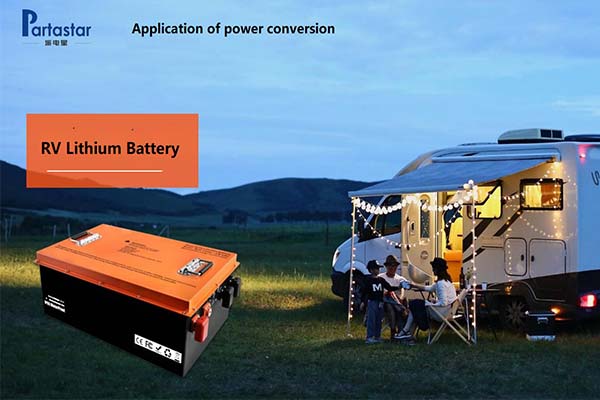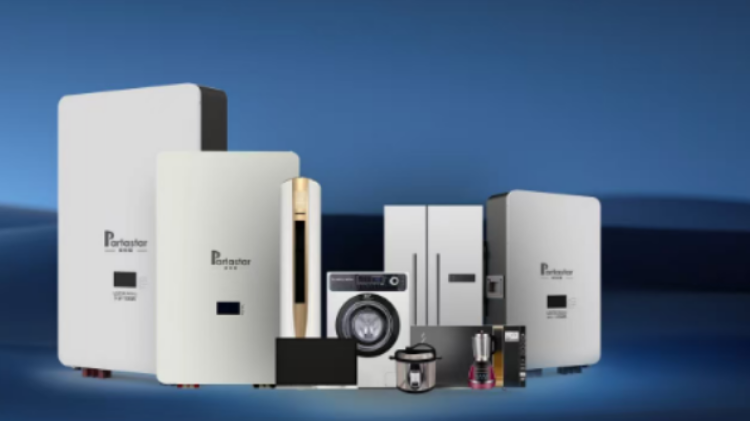Lithium battery power stations have gained popularity as portable and reliable sources of electricity for various applications. Whether used for outdoor activities, emergency backup power, or off-grid living, safety should be a top priority when choosing a lithium battery power station. In this article, we will explore the essential safety features to consider when selecting a power station, emphasizing the importance of these features in ensuring user and device safety.
1. Battery Management System (BMS):
A robust Battery Management System is crucial for the safe operation of a lithium battery power station. The BMS acts as the brain of the system, monitoring and controlling the battery's performance and protecting it from potential hazards. It should include the following features:
a. Overcharge and Over-discharge Protection: The BMS should prevent the battery from being overcharged, which can lead to thermal runaway and fire hazards. Similarly, it should safeguard against over-discharging, which can damage the battery and reduce its lifespan.
b. Temperature Monitoring and Control: Lithium Stackable Home Batterys are sensitive to temperature variations, and extreme temperatures can compromise their safety and performance. An effective BMS should monitor the battery's temperature and implement measures to prevent overheating or freezing.
c. Short Circuit Protection: This feature safeguards the power station and connected devices from potential short circuits that can occur due to faulty equipment or improper usage.
d. Cell Balancing: Cell balancing ensures that all individual cells within the battery pack are charged and discharged evenly. It helps maintain the battery's overall performance, capacity, and longevity.
2. Overcurrent and Overload Protection:
A reliable lithium Stackable Home Battery power station should have built-in protection against excessive current draw and overload conditions. Overcurrent protection prevents the power station from supplying more current than it can handle, preventing overheating and potential damage to the battery and connected devices. Overload protection is vital to safeguard against excessive power demand, which can cause the power station to malfunction or even fail.

3. Surge and Short Circuit Protection:
Power surges and short circuits are common electrical hazards that can damage both the power station and the connected devices. A high-quality power station should incorporate surge protection mechanisms to suppress voltage spikes and transient surges, safeguarding the internal circuitry and the devices being powered. Additionally, effective short circuit protection prevents excessive current flow during a short circuit event, reducing the risk of fire or electrical damage.
4. Heat Dissipation and Ventilation:
Lithium battery power stations generate heat during operation, especially during high load conditions or charging. Adequate heat dissipation and ventilation features are essential to prevent overheating and ensure the longevity and safety of the power station. Look for power stations with built-in cooling systems, such as fans or heat sinks, to effectively manage heat.
5. Intelligent Display and User Interface:
An intuitive and informative display, along with a user-friendly interface, enhances the safety and ease of use of the power station. The display should provide real-time information about battery status, charging progress, and any potential warnings or errors. A user-friendly interface allows for easy monitoring and control of the power station, enabling users to make informed decisions and prevent potential safety risks.
6. Certification and Compliance:
When selecting a lithium Stackable Home Battery power station, ensure that it meets relevant safety standards and certifications. Look for certifications such as UL (Underwriters Laboratories), CE (Conformité Européene), and FCC (Federal Communications Commission), as they indicate that the power station has undergone rigorous testing and complies with safety regulations.
When considering a lithium Stackable Home Battery power station, prioritizing safety features is crucial to protect both users and devices from potential hazards. Key safety features include a robust Battery Management Home Energy Storage System, overcurrent and overload protection, surge and short circuit protection, effective heat dissipation, intelligent display and user interface, and compliance with relevant safety standards. By selecting a power station with these safety features, users can enjoy reliable and worry-free power for their various needs, whether it's for outdoor adventures, emergencies, or off-grid living. Remember, safety should always be the top consideration when choosing a lithium battery power station.



